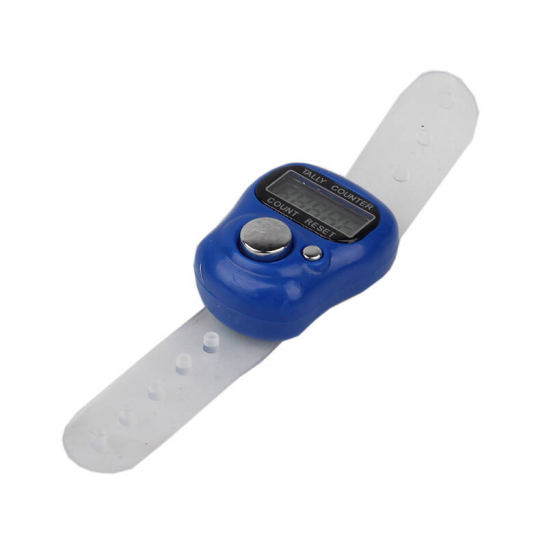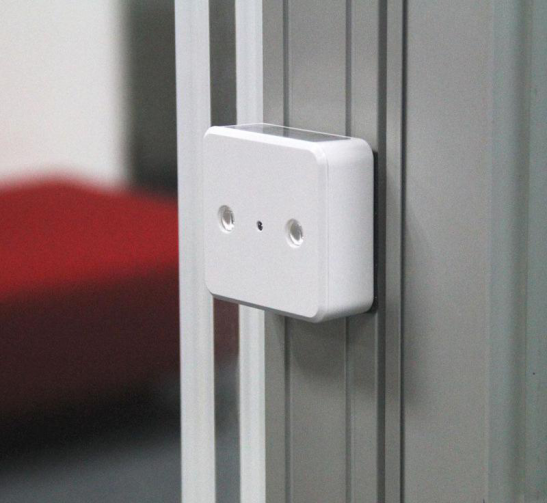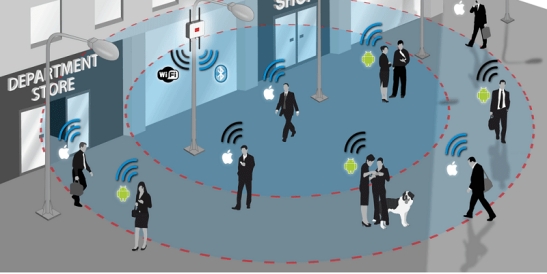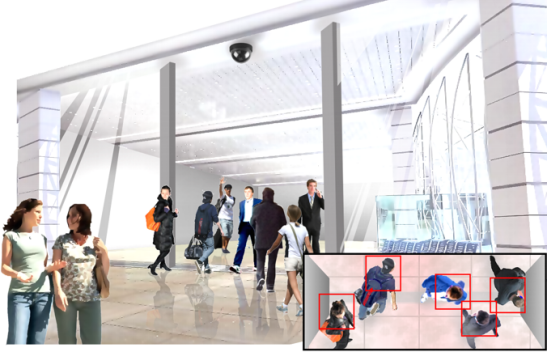Traditional retail has not been doing well in recent years. On the one hand, the market has changed. Retailers not only have to face the increasingly stalemate competition among their peers, but also have to face the fierce attacks of various e-commerce companies. On the other hand, the customer has changed. Customers become more picky, they want higher quality, they want better experience, they have all kinds of ideas that are increasingly unpredictable. Various difficulties are coming in a row: the cost remains high, the efficiency of the square meter continues to decrease, and the user is gradually lost... As business development encounters bottlenecks, many domestic retail companies that focus on operations have gradually realized the problem and have begun to guide refined operations through customer flow statistics and analysis, thereby reducing costs and improving efficiency.
The following types of customer flow statistics technologies are mainly present in the market, and retail companies can choose according to their own usage scenarios and data requirements.
1. Manual statistics
Usually, shopping malls or stores will arrange personnel to be stationed at the entrance and exit, and when they see people coming, they press the handheld counter. The implementation cost of manual counting in a single store is low, and merchants can add more abundant human judgment criteria according to actual needs. But the disadvantages of this method are also obvious. First of all, the counting error is large, and its accuracy depends very much on factors such as attention and engagement of the personnel; if the passenger flow is large at a certain moment, it will be difficult to accurately count by manual; secondly, the cost is high. If there are multiple stores or there are many entrances and exits, labor costs will increase accordingly. Data statistics in purely manual mode cannot be synchronized in real time, so their application space is relatively small.

2. Statistics of gate/mechanical pole
Nowadays, many shopping malls and supermarkets are still using this method. The gates can allow customers to pass through one by one, with accurate counting and low implementation cost. However, it will affect the efficiency of the passage of entrances and exits, and the customer experience is relatively poor. On the other hand, the gate/mechanical rod method can only count, and the data obtained is very single.

3. Infrared statistics
An infrared emitter is set up at the entrance and exit to count the number of times pedestrians block infrared rays when passing through. Infrared counting overcomes the influence of human factors, is convenient to lay and has low cost. However, accuracy is greatly affected by the emergence of passenger flow and the surrounding environment, and also has the disadvantage of single data.

4. Wi-Fi statistics
Wi-Fi counting is counted by deploying a Wi-Fi network to obtain the mobile phone MAC address with Wi-Fi enabled. Strictly speaking, it is counting the number of Wi-Fi enabled devices around. The advantage of this method is that it is low implementation cost and supports real-time processing of cloud platforms. Merchants can push marketing information to users through Wi-Fi networks. On the one hand, its disadvantage is that the counting is inaccurate, because not everyone carries Wi-Fi devices and keeps them on; on the other hand, the data obtained is single and has a low utilization value.

5. Video analysis statistics
Video counting is widely used. It uses the video information collected by the camera for algorithmic analysis to identify faces or heads and other information that matches "persons" to count. The video counting method can not only count the passenger flow at the entrance and exit, but also count the passenger flow in indoor and outdoor areas and the distribution of hot zones of passenger flow. The video counting has high accuracy, and basic analysis can be done based on gender, age, bag carrying or not, and the customer flow of multiple stores can be viewed remotely in real time. In actual application, this method is affected by environmental pipelines, background, etc., and the implementation cost is relatively high. The data obtained is still relatively rough and cannot be used to make a detailed user profile, such as the inability to identify key information such as new and old customers.

6. Face recognition statistics
With the maturity of technology, a group of artificial intelligence companies have begun to use facial recognition technology to conduct customer flow statistics. This customer flow statistics system can accurately analyze each customer's gender, age, expression and clothing style information without affecting the customer experience at all, automatically eliminate repeated people entering the store, provide accurate, real-time and comprehensive customer flow statistics to help merchants make targeted strategic adjustments.
Through facial recognition, the system can also independently identify and analyze customer flow identities, helping clerks to timely know the arrival status of VIP customers and user portraits, and improve service quality. The system can even detect the movement trajectory of the customer flow and depict the hot zone distribution of the store, allowing merchants to intuitively grasp the long-term stay area and high-attention shelves of customers entering the store, thereby helping merchants optimize product display and personnel configuration. While counting the number of users, you can also classify user attributes to let merchants understand the style attributes of the store customers better.







![#Laogao E-commerce Newsletter#[E-commerce Evening News on September 18]](/update/1600419843l707950972.jpg)



 EN
EN CN
CN
